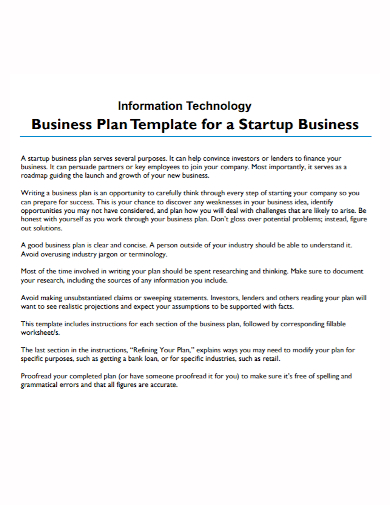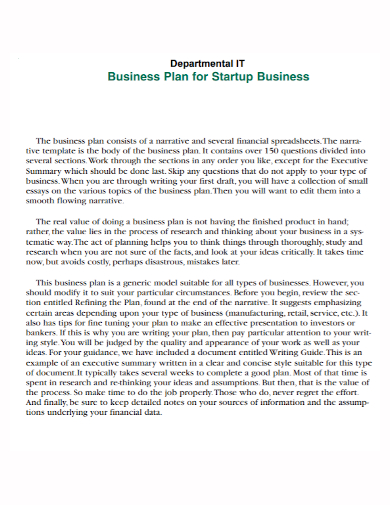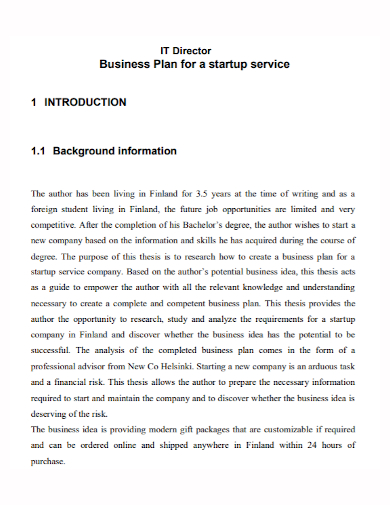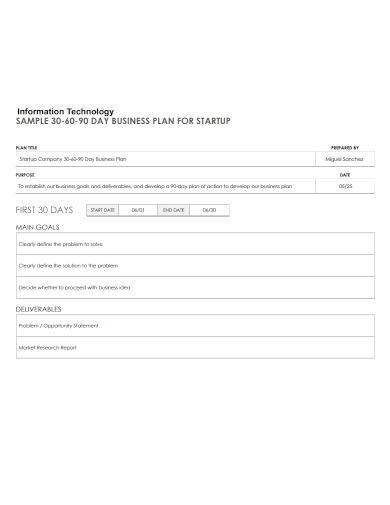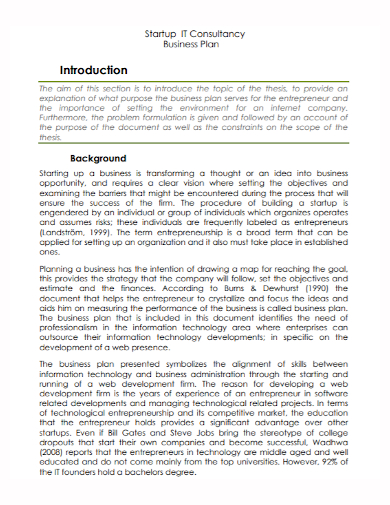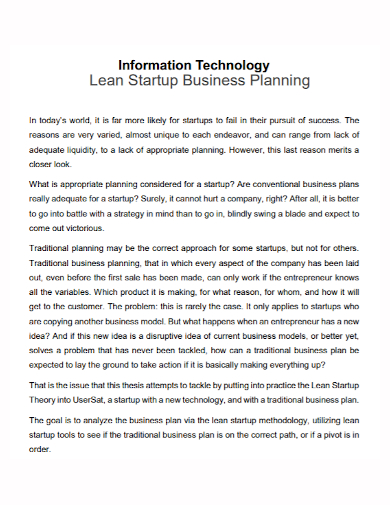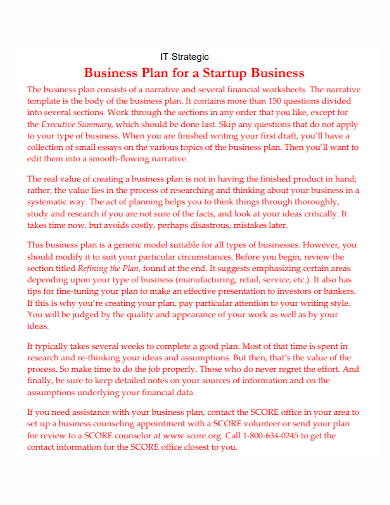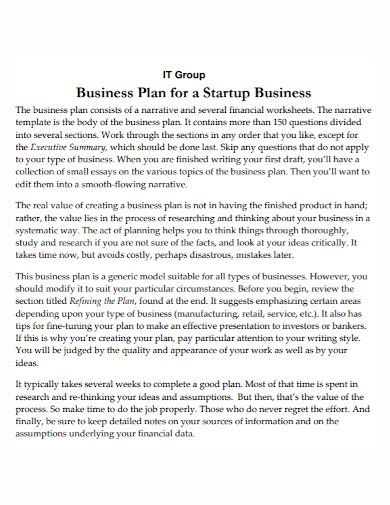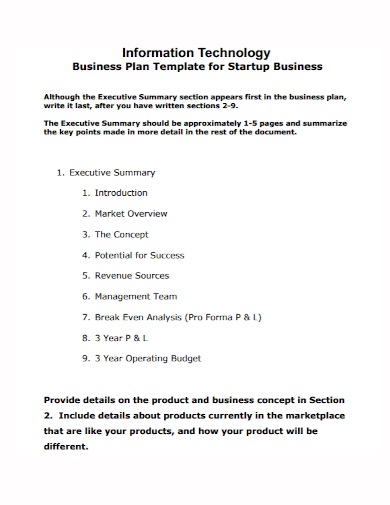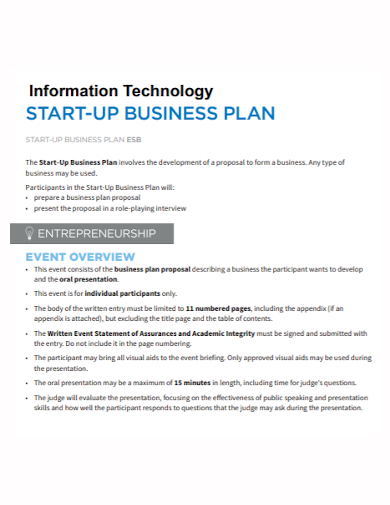Businesses have always been difficult to manage, especially when trying to make a profit. It is always a nightmare for business owners to keep track of every single aspect of their company on their own and ensure that everything is taken into account. That is why the ability to create a comprehensive business plan can be life-changing for business owners. Regardless of the size, scale, or type of establishment. A layout keeps everyone associated with the business, particularly branch managers and operations supervisors, up to date on everything that the company may encounter during the course of their operations. Planning the scope of the venture ahead of time is always good business practice, as it prevents your management from wasting time and resources on ventures that may fail soon after development.
The plan we just discussed is known as a business plan, and business plans are critical documents for ensuring the success and return on investment of a business. It’s essentially a set of guidelines or actions that they can take to achieve any goal they’ve set for themselves. Operating without a business plan is usually not a good idea because it implies that you are going into this venture with no prior plan or contingency in place. You’re basically putting yourself in a position to fail. Especially if you’re trying to establish a business in an industry with a lot of competition and potential roadblocks to your success.
A well-written and well-drafted business plan can go a long way for your company, ensuring that your venture stands the test of time and bringing a slew of other benefits. Before you begin drafting the document, familiarize yourself with its appearance and functionality by reviewing the business plan samples listed below. Once you’ve become acquainted with the document, feel free to use these samples as guides or even as templates when creating your own business plan.
10+ IT Startup Business Plan Samples
1. IT Startup Business Plan Template
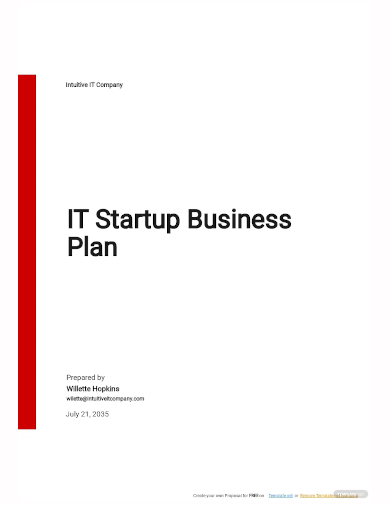
2. IT Startup Business Plan
3. IT Department Startup Business Plan
4. IT Startup Service Business Plan
5. 30-60-90-Day IT Startup Business Plan
6. IT Consultancy Startup Business Plan
7. IT Lean Startup Business Plan
8. IT Strategic Startup Business Plan
9. IT Group Startup Business Plan
10. IT Business Plan for Startup
11. Sample IT Startup Business Plan
What Is an IT Startup Business Plan?
So, what exactly is a business plan, you might ask? A business plan is a written document that outlines how a company defines its goals and the steps that management is willing to take to achieve those goals. A business plan can serve as a road map for the entire management team to follow, with parameters set by its various departments such as marketing, finance, and operations. Business plans can be very useful documents because they can be used to secure potential investments and partnerships even before the company is fully established. It’s an excellent way to secure additional funds and resources during the early stages of your company’s development. The document can be extremely beneficial for startup businesses and companies, but it is generally recommended that every business, startup or not, be able to create their own business plan. Because doing so will provide management with a document that they can update and review on a regular basis to see if they are getting any closer to the goals that they have set, as well as inspect how the circumstances that they have been working with have changed. A well-written business plan is one that can highlight the project’s projected costs and expected outcomes, as well as identify the pitfalls that any decision made by management must come with. Even though the document is widely used in the business and corporate worlds, it is uncommon to find business plans that are exact replicas of one another. This is due to the fact that each company has its own distinct approach to dealing with and resolving internal and external issues.
Elements of an IT Startup Business Plan
The length of a business plan is heavily influenced by the nature and scope of the business on which the document is focused. Though it is fairly common for all of the information to fit on 15 to 20 pages. Though two business plans are now identical, the majority of them still use almost all of the same elements. These components will be listed and discussed in greater detail below.
- Executive summary
Your document should begin with an introductory paragraph that highlights what the company is and all of the elements related to its mission-vision values, company leadership, employees, operations, and the general location where the business will be established. This section, also known as the executive summary, should simply state who the company is and what it stands for. - Products and services
The document should then present the company’s products and services. Including pricing, product lifespan, service duration, customer benefits, and other factors such as manufacturing and production processes, as well as patents and proprietary technology. - Analysis of the market
A company should have a clear understanding of who their customers are and what their demographic is. As a business owner, you should be able to identify your customer base’s needs and how your company can meet them. Proper market analysis will also provide you with an understanding of the competition, both locally and globally, as well as how to stay on top of the market. - Marketing strategy
After thoroughly analyzing the market, it’s time to decide on the strategies you’ll use to attract and retain customers. Present how your company will do this by highlighting a clear distribution channel, including marketing and advertising campaigns, as well as the mediums through which these campaigns will be disseminated. - Budgeting
The final sections of the business plan should be devoted to the company’s finances and budget. A well-planned financial plan will also entice investors, particularly those looking to invest in companies that can provide a good return on investment. Financial statements, balance sheets, and other documents pertaining to your finances
FAQs
Who needs the business plan?
When applying for a loan, a business plan is one of the many tools you can use to your advantage. Most financial institutions require it, and even those that do not require it generally expect it to be provided.
What are the five elements of a business plan?
- Situation analysis
- Market definition
- Product and services position
- Objective setting
- Strategies
What are the four types of business plans?
Business plans can be divided roughly into 4 distinct types;
- Very short plans
- Presentation plans
- Working plans
- What-if plans
Another thing to keep in mind when writing a business plan is that it is a living document. That is, the document should be adaptable and changeable over time. The writing process does not end once all of the components have been put on paper. The writing process continues as long as the business plan is still in use and the business is still operating.
Related Posts
FREE 7+ Sample Short Business Plan
FREE 18+ Sample Startup Business Plan
FREE 12+ Sample Startup Business Plan
FREE 10+ HVAC Business Plan Templates
FREE 10+ Lean Business Plan Templates
FREE 6+ Barber Shop Business Plan Samples
FREE 20+ Business Plan Samples
FREE 13+ Sample Software Business Plan
FREE 11+ Lawn Care Business Plan Templates
FREE 11+ Trucking Business Plan Templates
FREE 10+ Start-Up Business Plan Samples
FREE 10+ Sample Bar Business Plan
FREE 6+ Logistics Business Plan Samples
FREE 31+ Simple Business Plan
FREE 21+ Business Plan Templates

